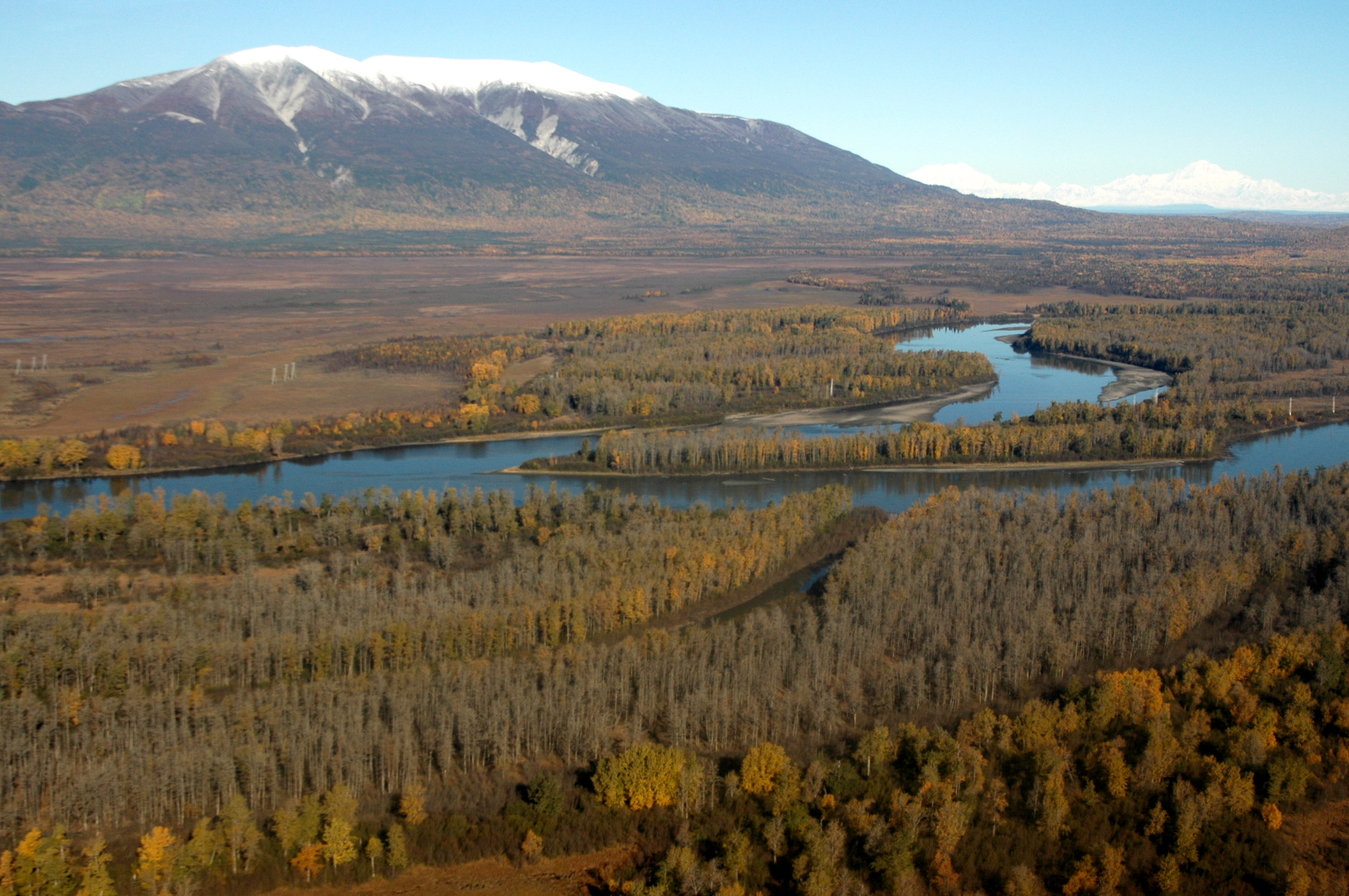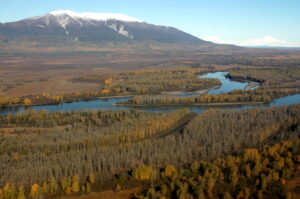
Chuitna EIS Delayed
For months, the Army Corps insisted that it was on track to finally release a draft environmental impact statement (EIS) on the proposed Chuitna coal mine in June of 2016. That release date has now been postponed—again. The Army Corps has decided to hold off releasing the Chuitna EIS for public review until PacRim submits a complete coal mine application. PacRim started this permitting process back in 2006 and still has not submitted a complete permit application.
Why is it taking PacRim so long to submit an application?

The delayed Chuitna EIS would provide a complete review of the environmental impacts from the proposed coal mine that would forever change this beautiful watershed.
PacRim believes it can reclaim and restore salmon streams after mining through them. The coal sits 300 feet below a very wet landscape. Over 1000 acres of the mining area are wetlands. The surface and ground water connections are complex. To get a permit, PacRim needs to show that it can rebuild, from scratch, 14 miles of salmon streams. It also needs to show how it will restore the complex ground water and surface water connections, which are vital for thriving salmon streams and a functioning and healthy aquatic environment.
To date, PacRim has not provided details for how it plans to do all this. Despite lacking key information about the project, the Army Corps has been moving full-steam ahead. Agencies keeping an eye on the project, like the Environmental Protection Agency and the Fish and Wildlife Service have expressed their concerns to the Army Corps that it cannot proceed with a review until all the mining operations details are in. The Army Corps has finally realized that it cannot complete its review of environmental impacts until PacRim submits a complete application.
At this rate, it is unclear when we will see a complete application. In 2006, PacRim told the agencies and the public that it would be mining for coal in 2009. Over the last several years, we were often told, “PacRim says they will be submitting their application in two weeks.” Weeks, months and years have gone by and we still don’t have a complete application for the agencies and the public to review and comment on.
Simply put, a decade later, PacRim still hasn’t finished its homework.
PacRim would, of course, like to minimize the problems with the mine. It wants to downplay the extreme challenge of restoring the surface and ground water connections. It wants to downplay the impacts to the aquatic environment. It wants to say it can rebuild a salmon stream based on examples that have no resemblance to the open pit coal mine proposed here. Whether PacRim can overcome these hurdles with the agencies remains to be seen.
Why does this matter?
This project is a horrible idea. The science simply doesn’t support PacRim’s assertions that salmon streams can be rebuilt and wetlands can be replaced.
The EIS is an incredibly important part of the process for the public because it is the one document that provides a complete review of all the environmental impacts from the proposed project, as well as the impacts of a range of alternatives to the proposed project. The EIS is also the document that the permitting agencies rely on in determining whether to approve the project.
No matter how long it takes, we remain prepared, with all hands on deck, to review and evaluate the project and the Chuitna EIS. Our job, on behalf of our clients, is to identify the problems with the analysis. We identify issues not adequately addressed or swept under the rug. And if the Army Corps fails to address the legal problems we identify, we are ready to go to court to ensure that the project gets a thorough and complete review; to ensure that all of the environmental impacts have been put on the table so the public and the agencies know what we are giving up for dirty coal to be taken from Alaska and burned in Asia.
Clients: Chuitna Citizens Coalition, Cook Inletkeeper, Sierra Club
Attorneys: Brian Litmans, Katie Strong, Valerie Brown


